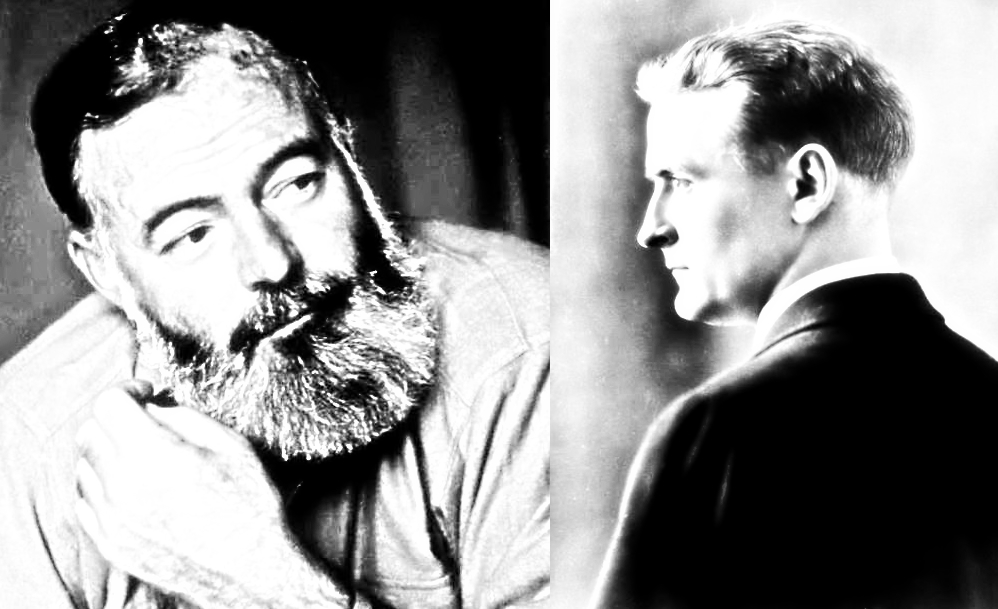Who is not in love with the romanticized view of the medieval tournament? Knights riding gallantly toward each other with lanced aimed in joust just rings of chivalrous merit. Yet, what was the point of these tournaments and why did they occur?
Today, we look at the word “tournament” in a few different ways. First, we are going to define a tournament as it appears denotatively, and then we are going to look at it in the context of medieval society. Kings, queens, knights, and tournaments go hand in hand in multiple media, so it is important that we contextualize its existence to us as writers, and for our reading of Mark Twain’s A Connecticut Yankee in King Arthur’s Court.
Denotation
As defined by the Cambridge Dictionary, a tournament is a “competition” in which “games” are played and the winner of each bracket moves on to the next round until there is a victor. Moreover, Britannica states that tournaments are a “sports competition” that “involves many players or teams,” and that these games last for a week or more. In addition, these tournaments feature “soldiers or knights in the middle ages.”
With that said, tournaments as defined are a series of competitive games that stretch on for quite some time and feature (at least in our context) knights doing battle with each other. These fights allowed knights to stay engaged with the idea of warfare in battle without actually having to take part in one when there was none to be had in their kingdom.
Medieval tournaments
As it relates to medieval society, tournaments offered the lords and ladies of the land a chance to see knights do what they do best—bash each other up something good–especially when the times called for it to take place. These tournaments provided a “forum for European Knights where they could practice and show off their military skills” in a combative, and controlled, setting. Unfortunately, knights could not rely on the stories of their mythos to convince everybody of their skill, so doing battle in a tournament could show their skill in real time while offering a chance to show off and display their chivalrous intent.
As stated by Stephen Schuyler, writing for Grunge, while medieval tournaments have been around ostensibly since antiquity, the concept of the medieval tournament arose in the “north of France.”
Schulyer writes: “The irony is that tournaments, which were originally a war exercise, may have developed as part of a peace movement. They were seen as a way to avoid outright warfare but still allow Frankish warriors to keep their skills sharp” (Schulyer).
Moreover, as stated by other sources, “the early tournament, or melee, was a battle-like conflict involving many knights who divided into parties and fought simultaneously.” Later, the tournament featured jousting in “elaborate courses” similar to the ones shown in film or television. However, many of the melees that took place were especially dangerous, but lucrative, for knights interested in making money when the spoils of war were not an option (Hardy).
Thus, as it relates to A Connecticut Yankee in King Arthur’s Court, we find that the tournament held at Camelot lasted for days and days, and many knights poured in to the land to show their ability. In the following paragraph, the protagonist Hank Morgan details what he witnessed during the tournament days:
“We had one tournament which was continued from day to day during more than a week, and as many as five hundred knights took part in it, from first to last. They were weeks gathering. They came on horseback from everywhere; from the very ends of the country, and even from beyond the sea; and many brought ladies, and all brought squires and troops of servants. It was a most gaudy and gorgeous crowd, as to costumery, and very characteristic of the country and the time, in the way of high animal spirits, innocent indecencies of language, and happy-hearted indifference to morals. It was fight or look on, all day and every day; and sing, gamble, dance, carouse half the night every night. They had a most noble good time. You never saw such people. Those banks of beautiful ladies, shining in their barbaric splendors, would see a knight sprawl from his horse in the lists with a lanceshaft the thickness of your ankle clean through him and the blood spouting, and instead of fainting they would clap their hands and crowd each other for a better view; only sometimes one would dive into her handkerchief, and look ostentatiously broken-hearted, and then you could lay two to one that there was a scandal there somewhere and she was afraid the public hadn’t found it out.”
A Connecticut Yankee in King Arthur’s Court by Mark Twain
Works Cited
Cartwright, Mark. “Medieval Tournament.” World History Encyclopedia. World History Publishing. May 7, 2018. Web. https://www.worldhistory.org/Medieval_Tournament/
Hardy, Stephen H. “The Medieval Tournament: A Functional Sport of the Upper Class.” Journal of Sport History, vol. 1, no. 2, 1974, pp. 91–105. JSTOR, http://www.jstor.org/stable/43609164. Accessed 15 Aug. 2023.
Perry, David, Gabriele, Matthew. “What the Medieval Olympics Looked Like.” Smithsonian Magazine. Smithsonian Magazine. July 20, 2021. Web. https://www.smithsonianmag.com/history/what-medieval-olympics-looked-180978232/
“Tournament.” Cambridge Dictionary. Cambridge University Press and Assessment 2023. Web. https://dictionary.cambridge.org/dictionary/english/tournament
“Tournament.” The Britannica Dictionary. Encyclopedia Britannica, Inc. Web. https://www.britannica.com/dictionary/tournament







